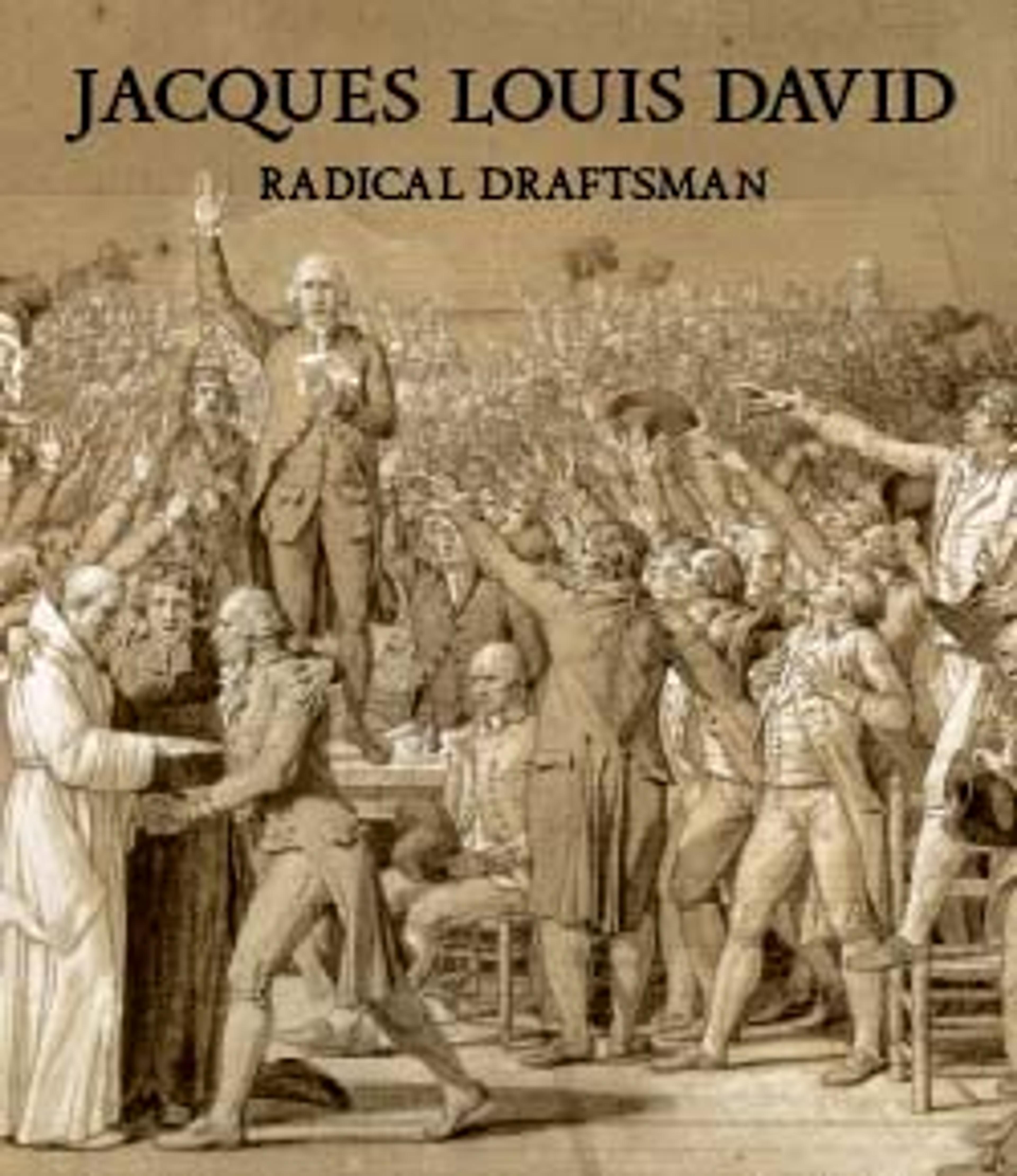The Lictors Bringing Brutus the Bodies of his Sons
This sheet is a compositional study for The Lictors Bringing Brutus the Bodies of His Sons (Musée du Louvre, Paris), which Jacques Louis David painted on the eve of the French Revolution and exhibited shortly after the fall of the Bastille in 1789. The subject, drawn from Roman history, found great resonance in the context of contemporary events. The canvas depicts an episode from the life of Lucius Junius Brutus, who put an end to the brutal regime of Tarquin, Rome's last king, and established the first Roman Republic, only later to find his two sons embroiled in a royalist conspiracy. True to his political convictions, Brutus condemned his sons to death. The novelty of David's painting is its focus, not on the executions but on the wrenching domestic aftermath.
David's fully formed Neoclassical style can be seen here in the clean geometry of the architectural setting, the arrangement of the figures in a relieflike plane, the linear treatment of the forms, and the cool monochrome palette. The furniture and accessories and the poses of the main figures, from the brooding Brutus at the left to his anguished wife and daughters at the right, are all based on antiquities David copied while he was a student in Rome.
David's fully formed Neoclassical style can be seen here in the clean geometry of the architectural setting, the arrangement of the figures in a relieflike plane, the linear treatment of the forms, and the cool monochrome palette. The furniture and accessories and the poses of the main figures, from the brooding Brutus at the left to his anguished wife and daughters at the right, are all based on antiquities David copied while he was a student in Rome.
Artwork Details
- Title:The Lictors Bringing Brutus the Bodies of his Sons
- Artist:Jacques Louis David (French, Paris 1748–1825 Brussels)
- Date:1787
- Medium:Black chalk, pen and black and brown ink, brush and gray and brown wash, heightened with white gouache
- Dimensions:Sheet: 13 1/16 x 16 9/16 in. (33.2 x 42.1 cm)
- Classification:Drawings
- Credit Line:Purchase, Lila Acheson Wallace Gift, 2006
- Object Number:2006.264
- Curatorial Department: Drawings and Prints
More Artwork
Research Resources
The Met provides unparalleled resources for research and welcomes an international community of students and scholars. The Met's Open Access API is where creators and researchers can connect to the The Met collection. Open Access data and public domain images are available for unrestricted commercial and noncommercial use without permission or fee.
To request images under copyright and other restrictions, please use this Image Request form.
Feedback
We continue to research and examine historical and cultural context for objects in The Met collection. If you have comments or questions about this object record, please contact us using the form below. The Museum looks forward to receiving your comments.
